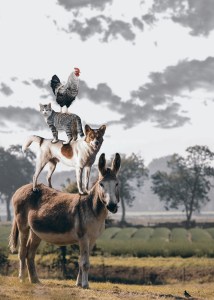I just purchased a new time-tracking gizmo to get a better sense of where my time goes as well as to learn how much time I invest in projects. I hoped the device would strengthen my efficiency and also provide some empirical evidence to structure my billing rates.
I have been amazed at how much more productive I have become – not because of anything the device does per se, but because I find myself actually staying at my computer to keep tracking. It’s my dissertation advisor’s old adage of “butt to seat.” I keep my butt in the seat so the tracker shows one full hour vs. 5 minutes plus 25 minutes plus 10 minutes plus 10 minutes with other diversions in between. Now I’m sticking with one task for a hunk of time and then switching to another project instead of hopping between email and multiple projects intertwined and making gains from the forgone transition time.
It reminds me of the gold star method in kindergarten – the teachers cultivated all kinds of good behaviors so we could earn that coveted star on the chart – and we did it over and over so there were no blank spaces. It’s a tried and true method that has worked for Jerry Seinfeld to write jokes, James Clear to develop habits and diet plans to incentivize weight loss – you’ll overcome a host of excuses to keep a streak alive.
Whether you utilize a bullet journal, a chart on the wall, an external device or another method, some visual reminder of accountability can have powerful results. What should you start tracking today?










